I want to make a -12V supply and I came across a circuit using LM2576 that match my requirement but I am not confident enough about its working.
There is a note in the datasheet page no-16, Application and implementation section saying: Information in the following applications sections is not part of the TI component specification, and TI does not warrant its accuracy or completeness. TI’s customers are responsible for determining suitability of components for their purposes. Customers should validate and test their design implementation to confirm system functionality.
Form the functional block diagram, I understand the connection of the feedback pin, but in the buck-boost configuration in the upper image, the feedback pin is connected to the ground, and I want to know why?
Please help me understand the working of the buck-boost circuit shown in the above figure.

